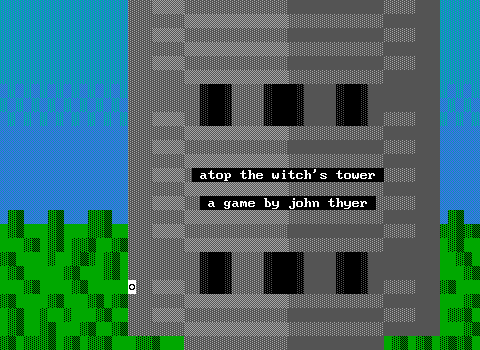Case study 1
I would say the inventory puzzle is the best thing here.
I don't like the "bad" example of a puzzle because it is very annoying to play through. In Syndromes, the player is thrust into bad design situations, but they are usually pulled out within seconds, just enough time to get the idea why it's a design flaw.
I know you want to remain detached until after the action is over so you can go over it, but it doesn't work in the bad example because it's a chore to complete.
(glitch: you can fall to your death from your window from the outside at ground level.)
3/5 bowling balls (although the single inventory puzzle board gets 4/5 spirit bowling balls)
I guess I can kind of level with the author of this tutorial. I get games block too from time to time, where I can't think of what I can do for my game next.
Even though it was a bit short, I still found this tutorial to be helpful.
Although, you did miss something about the bad puzzle you put in. After you finish the wack-a-mole type game and the door spins, it gets in the way. It will be obvious for the viewer to figure out, but it might still be a good idea to include that as part of the problems with the board (for professional reasons.).
Graphics where nice. The good puzzle was cool too, however it would be helpful if you could undo tieing the rope like object to the bowling ball, since its obvously useless anyway.
Thank you for taking the effort to make this tutorial for other people. = )

